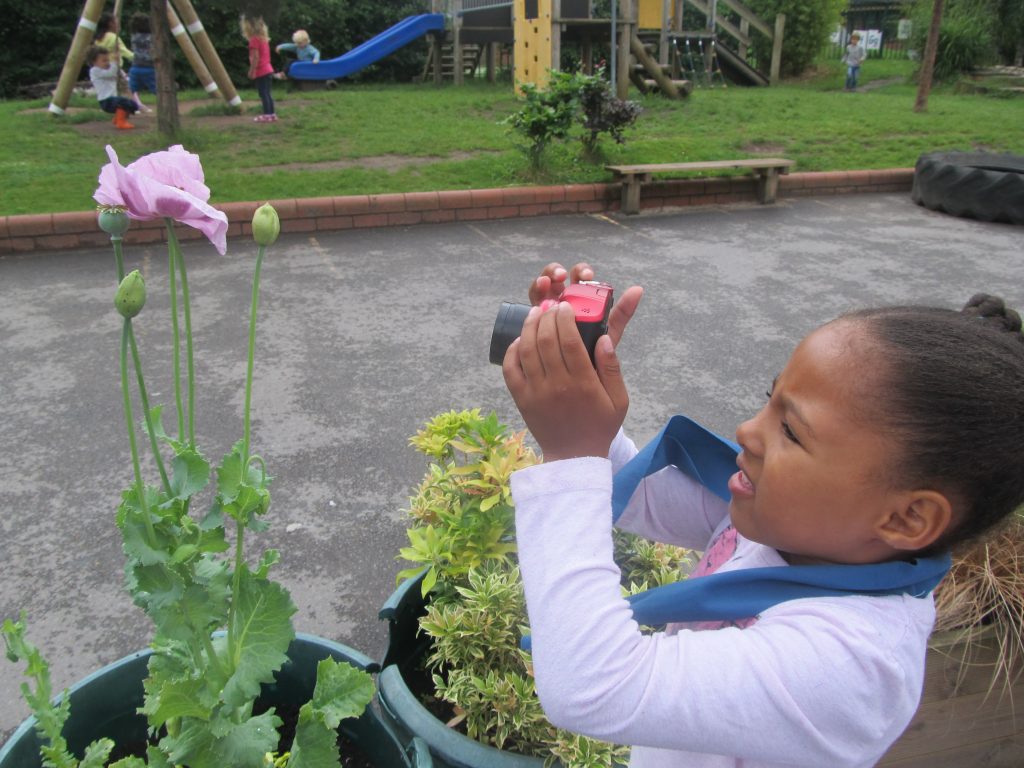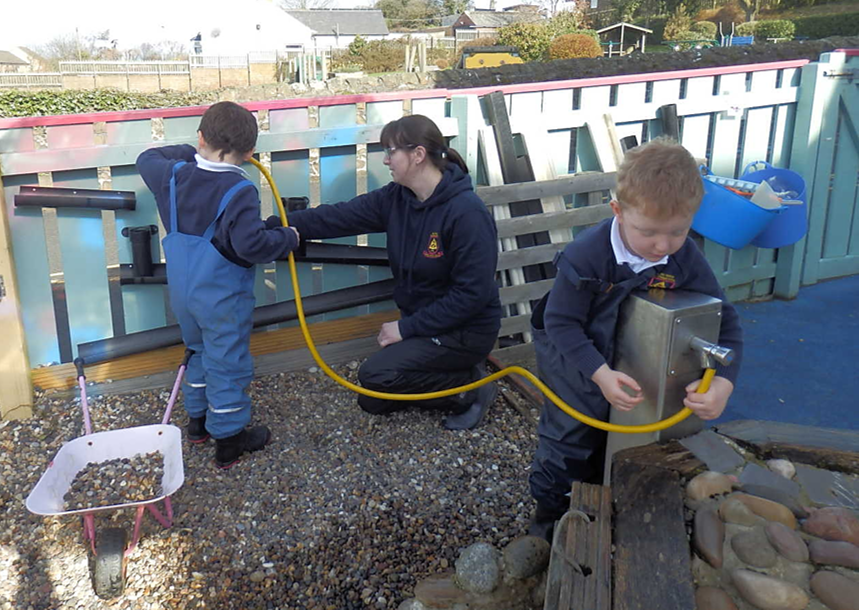Key points:
Children thrive within environments that support their individual and diverse development needs.
Enabling Environments offer children security, comfort, choice, engagement and opportunity.
Children’s learning is best supported when they have opportunities which allow for movement and action, creativity and imagination, independence and collaboration.
Time outdoors benefits children by offering unique opportunities.
Open-ended resources enable children to access and combine processes of development and learning.
Inclusive spaces are nurturing and supportive of all children.
Within an enabling environment, knowledgeable practitioners optimise the development and learning potential of every child.

Children are unique and holistic learners, thriving within environments that support their individual and diverse motivations, interests and needs. They require a wealth of possibilities within varied contexts, and this is best supported within stimulating and challenging environments that value exploration and play.
The outdoors offers unique possibilities, and daily opportunities should be made available for children to immerse themselves in outdoor spaces, offered through regular visits to suitable local places if the setting has no outside space. Within environments that offer engaging activities with real choice, autonomy and time, children can engage and wallow in independent exploration and enquiry, connecting with other children, adults and the natural world as they benefit from what Froebel calls “freedom with guidance” – freedom of movement and activity, within a framework of supportive adult guidance.

Enabling environments offer children security, comfort, engagement and opportunity. Children benefit from the opportunity to choose their own learning and enquiries through play when settings embrace free flow and choice as children move between activities and experiences, not simply from inside to outside.
Given access to natural resources and first-hand experiences, children will independently explore, discover and investigate, choosing the items and the environment that best suit their own interests and their development and learning needs. Such an environment will support a child’s creativity and critical thinking, building the Characteristics of Effective Learning.
Provision is needed for:
- diverse forms of active play, both indoors and outdoors
- experiencing the real physical and natural world, as well as the social world
- the space and time for children to fully discover, test and revisit their ideas and theories
- cosy and quiet space for sleeping, resting, sitting quietly and sensory engagement
- experiences in familiar and predictable spaces, and in those that are unfamiliar, complex and exciting
- routines and adult involvement which offer support for development and learning that may be planned or may arise informally, for example when a surprise event or spontaneous opportunity presents itself
- opportunities for children to explore things that they would not otherwise have access to
- exposure to things where specific skills need to be taught, which would only happen if an adult initiated it, e.g. woodwork, cooking, sewing.
Children’s learning is best supported when they have opportunities which allow for movement and action, creativity and imagination, independence and collaboration. An enabling environment offers:
- opportunities for negotiation and collaboration with other children, as their communication, language and social skills are employed and developed
- open-ended play opportunities allowing imagination and creativity to flourish, with children exploring their own ideas and theories as all areas of learning are unlocked rather than specific intended learning outcomes
- opportunities to challenge their own emotional, social, physical and cognitive abilities and to take risks
- time simply to be within the environments, to develop a sense of self as children explore their capabilities
- a balance of relevant, interactive and celebratory displays at the child’s level, as well as natural, calm and neutral backdrops that invite children’s own ideas.
Time outdoors benefits children by offering unique opportunities. Being outdoors offers children unique possibilities to see longer distances, observe the horizon, experience the natural world as they feel weather, hear sounds in nature or experience changes in natural light. There is also greater scope to manipulate loose parts and other versatile resources, and to engage in appropriately energetic, risky and adventurous play. Time outdoors benefits children’s health and wellbeing and all areas of development and learning. First-hand experience outdoors helps children to make sense of the world, and to learn to care for their environment. Through a sense of belonging and understanding the impact of their actions on their environment, children can become confident caretakers and problem-solvers of the future.
Natural environments support children’s imaginative play and the development of peer relationships, encouraging collaboration with others. The relative freedom from rules outdoors can lead to more relaxed interactions between adults and children. The outdoors also offers the chance to experiment with the larger scales of space, shape and measure.
Open-ended resources enable children to access and combine processes of development and learning. Easily accessible, well organised and appealing resources inside and outside allow children to make choices and transform their environments. In the process, they can develop flexible thinking as they may be surprised by what happens, and they are challenged as they learn across the curriculum to develop their own working theories, their thinking and problem-solving skills.
Inclusive spaces are nurturing and supportive of all children. Spaces should be planned to both nurture and inspire children, recognising their interests and curiosities, encouraging questioning, awe and wonder, and sustained shared thinking. The environment should allow free movement, with support if needed, including easy access to the outdoors. Spaces both indoors and out should be safe and supportive, and able to be adapted responsively to children’s emotions, interests, and needs through an array of engaging opportunities which take account of cultural diversity. Stimulating environments allow children to engage with all their senses, but should not become overwhelming through too much colour, noise or artificial textures.
Within an enabling environment, knowledgeable practitioners optimise the development and learning potential of every child. Knowledgeable practitioners:
- consider the environment from a child’s perspective, supporting a broader understanding of the real world around them and their own community
- consider all locations available to children with equal priority — indoors, outside and beyond the setting — and value the time that is spent on journeying
- understand that their role includes facilitating an enabling environment, rather than prioritising specific activities
- consider the messages conveyed within the environment, questioning what the space is inviting children to do
- support children’s autonomy, explorations and risk-taking, confident that much is within the children’s capabilities, with assistance if necessary.
Previous page: Supporting development and learning | Next page: The wider context
